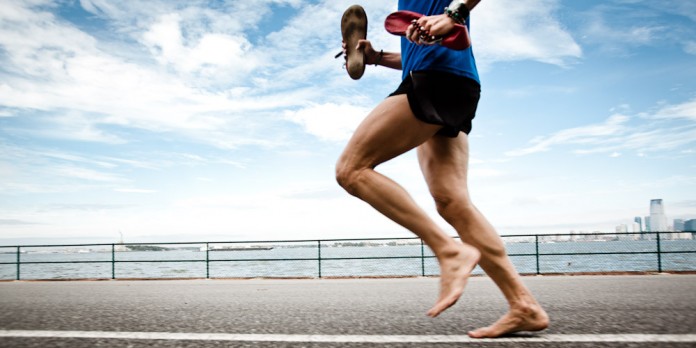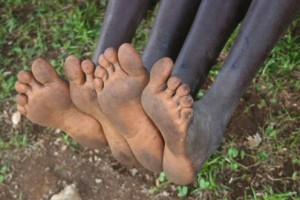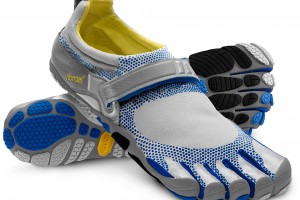There are many lightweight shoes on the market which athletes swear by and you seldom see long-time runners wearing heavy running shoes with thick soles. Such shoes help to reduce the weight we carry on our ankles and lower the energy our legs use when running, thus making us run faster and longer distances. But what about some of the famous barefoot runners like Singapore’s P.C. Suppiah, or Abebe Bikila from Ethiopia – why do these people run barefoot and does it really help with running?
Running faster
It may cost less energy to forefoot strike because you use the natural springs in your foot and calf muscles more to store and release energy. (Daniel Lieberman, et al) When you lift a shod foot, you have to lift the weight of the shoe, and that requires energy. Added to that effort is the cushioning in shoes, which if too much cushioning, absorbs energy that should go into propelling you forward. This means that energy, which can be used to move your legs and to lift your legs after each step, is partially lost when you are running with shoes. In fact, running barefoot has been shown to use about 5% less energy than running with shoes. (Divert et al., 2005; Squadrone and Gallozzi, 2009)
Stronger muscles and better running form
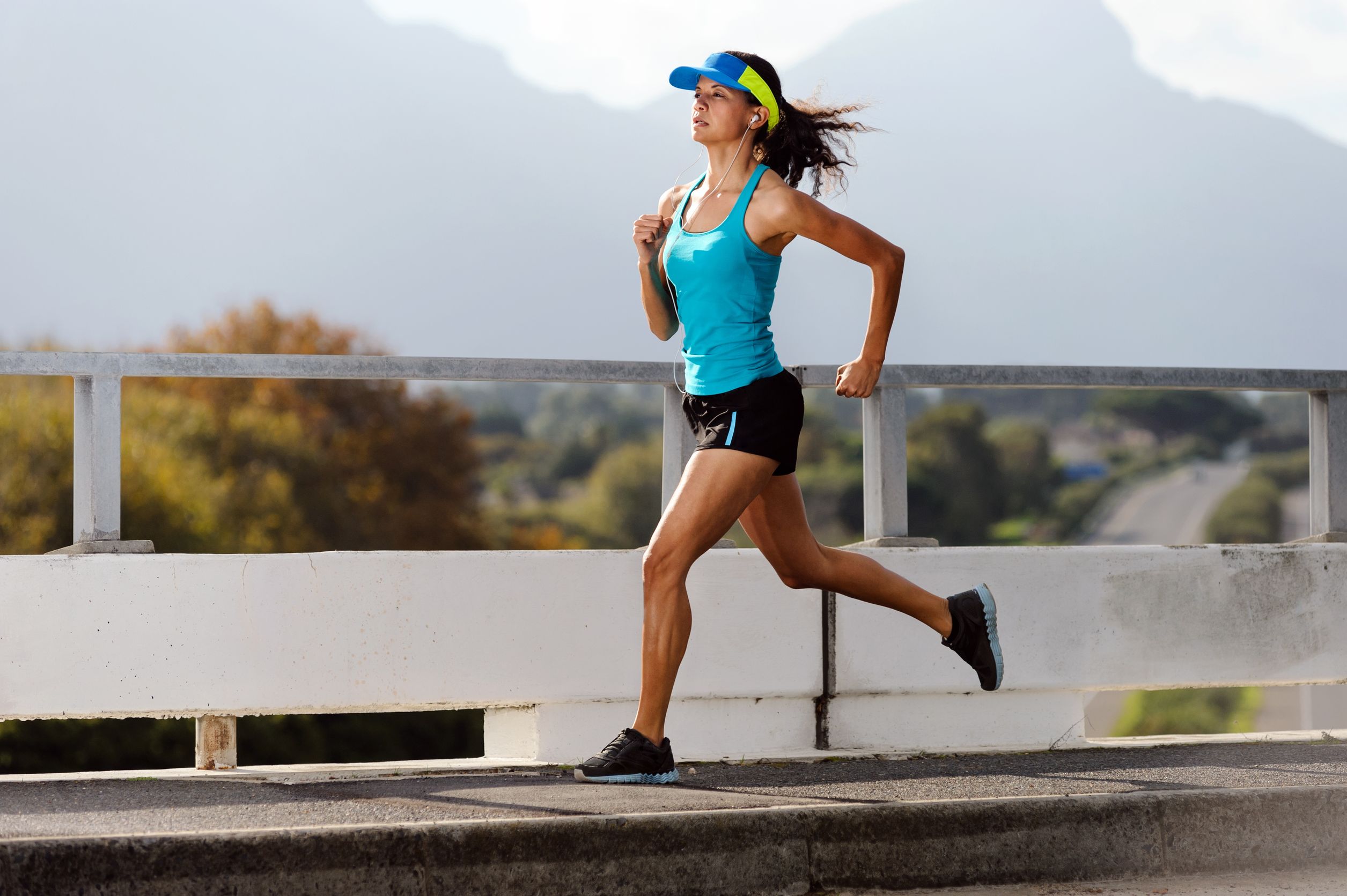
When you walk or run barefoot, you strengthen the little muscles in your feet, especially in the arch, which have been sleeping peacefully in your shoes for years. A healthy foot is a strong foot, one that pronates less and is less liable to develop a collapsed arch. You also stretch and strengthen your calf muscles and may improve your running form. The protection provided by your shoes allows you to get away with sloppy running style. With proper forefoot or midfoot strike form, running on hard, rough surfaces can be comfortable and safe.
Possibly less injuries
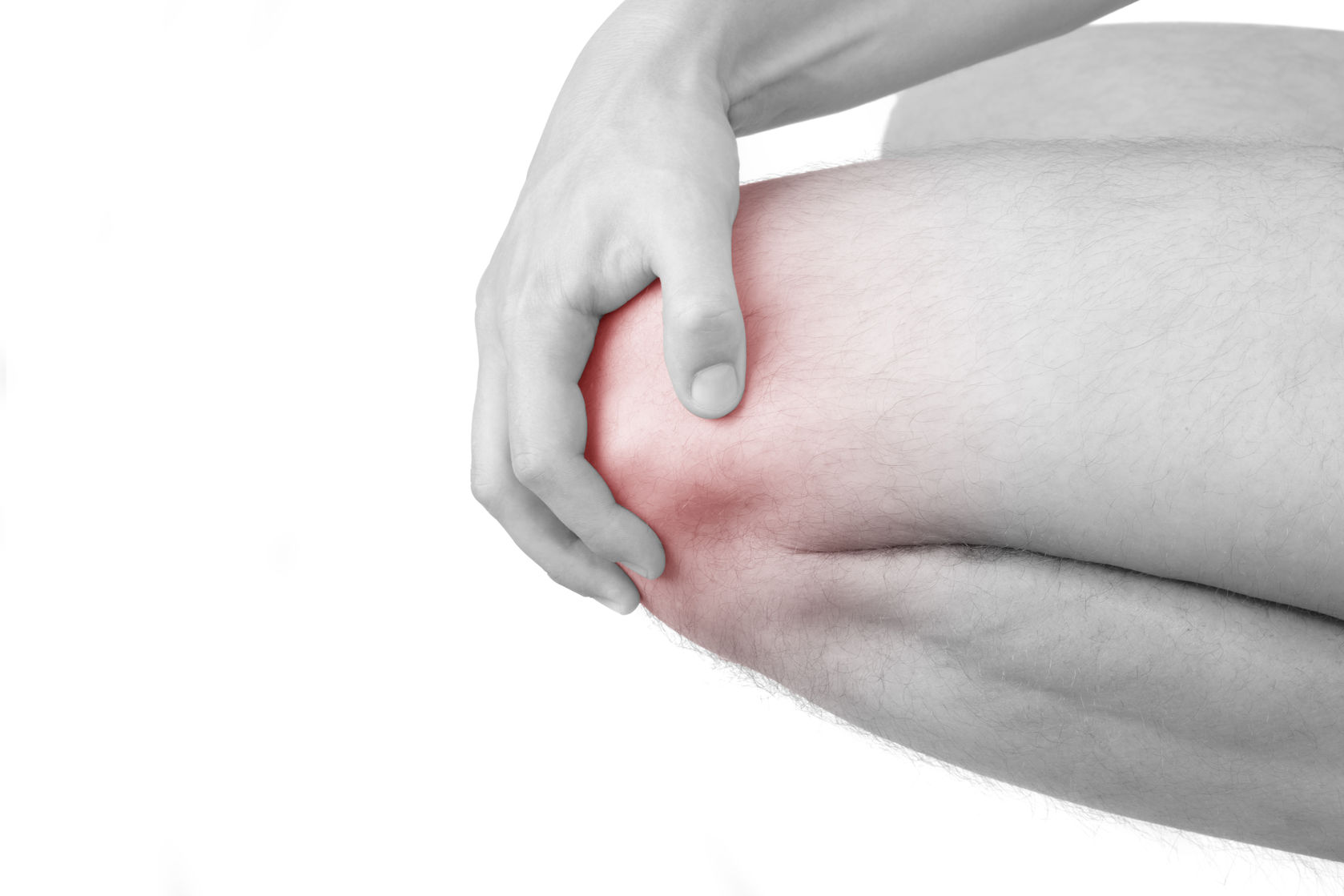
A common perception is that our feet were not meant to run on hard surfaces and that running on hard surfaces causes injuries. Runners typically adjust leg stiffness so they experience the same impact forces on soft and hard surfaces. On the other hand, barefoot runners often adopt forefoot or midfoot strike gaits and have a softer, more gentle landing, which may reduce their risk of injury. This is probably why some of you have heard how running barefoot can be better for your knees. While there are anectodal reports of barefoot runners being injured less, there is very little scientific evidence to support this hypothesis at this time.
Conclusion
If you don’t mind getting some dirt on your feet, there is no harm getting close to nature and hitting the ground au naturel. It is a good way to explore the way you land your foot on the ground as you are able to feel the impacts and how your feet responds to different surfaces. Otherwise, you can also get minimalist shoes which mimic barefoot running, but still provide protection from grass, sharp objects, rocks and most importantly, calluses.


